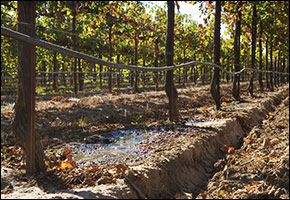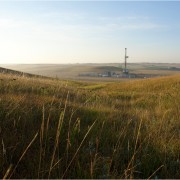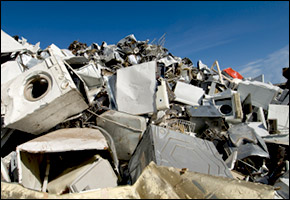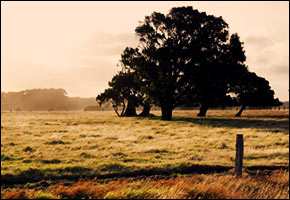Opinion — Time to tap into water-wise farmers’ well of ideas
Circle of Blue covered the Pacific Institute’s newest report on water agricultural conservation last week. The report, More with Less: Agriculture Water Conservation and Efficiency in California, generated controversy throughout the agricultural sector in southern California. For example, Timothy Quinn, executive director of the Association of California Water Agencies (ACWA), said the report “does not offer practical approaches to achieve increased water use efficiency. Further, the report sidesteps the most pressing issue before us — how to improve the sustainability of our water supply infrastructure so it can work for the environment as well as our economy.” In response, the Pacific Institute offered this open letter to critics (a version of this letter appeared in the October 02, 2008 edition of the Modest Bee):
Circle of Blue’s east coast correspondent based in New York. He specializes on water conflict and the water-food-energy nexus. He previously worked as a political risk analyst covering equatorial Africa’s energy sector, and sustainable development in sub-Saharan Africa. Contact: Cody.Pope@circleofblue.org









Comments are closed.